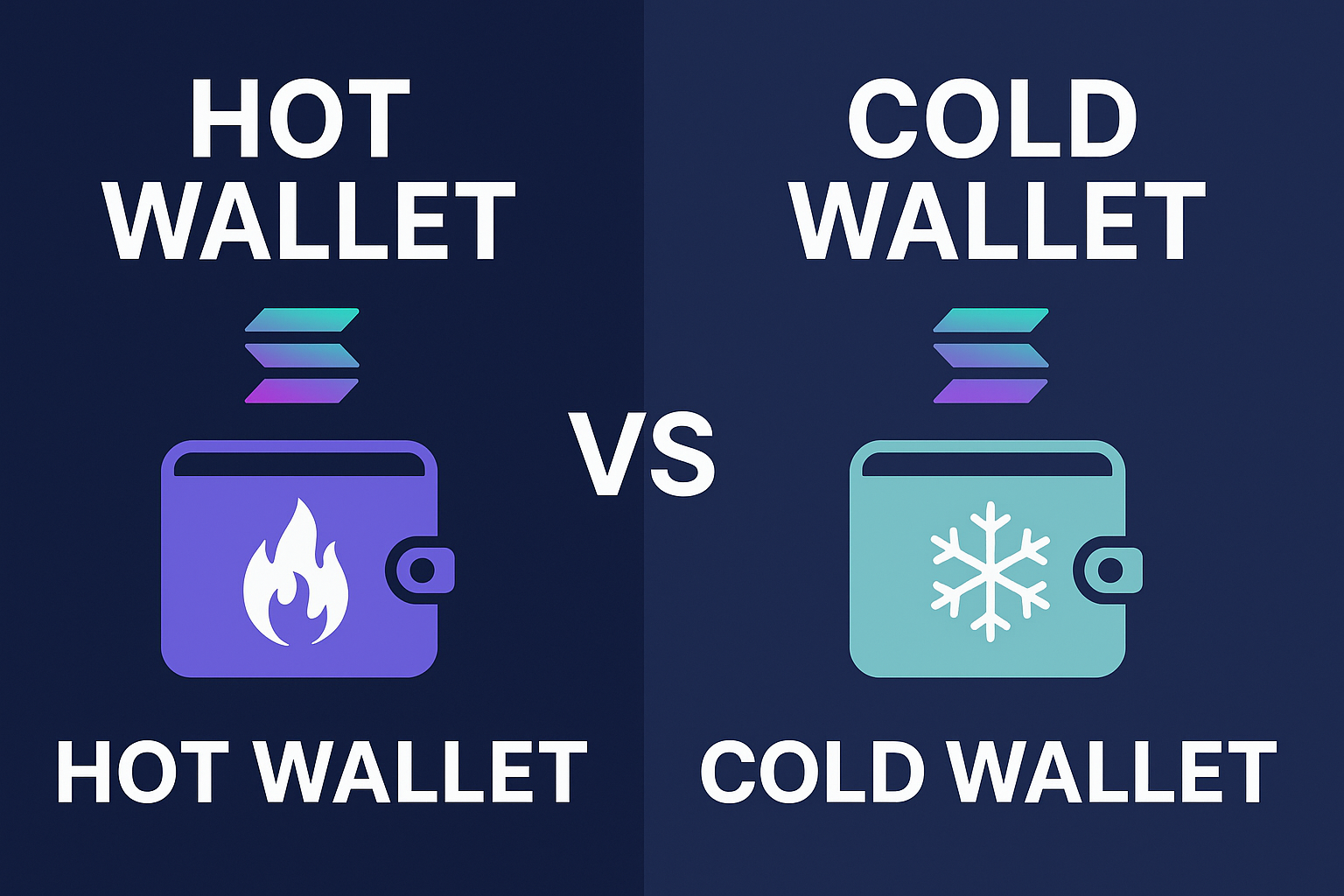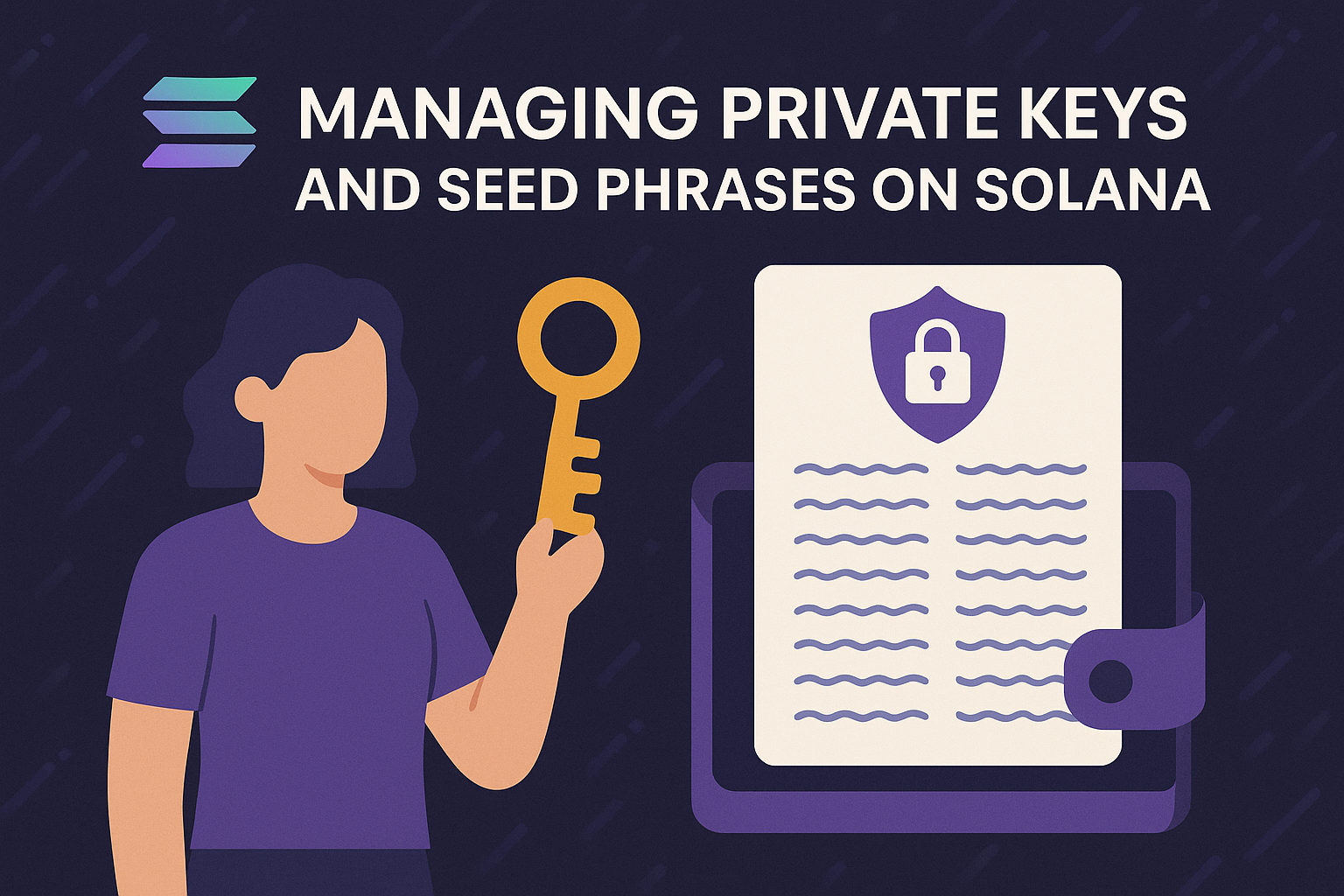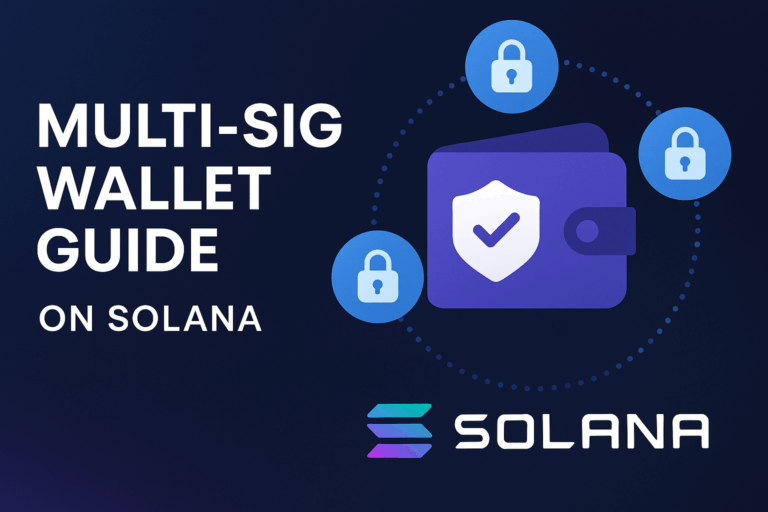How to Protect Against Phishing Attacks on Solana
Phishing attacks have become one of the most dangerous threats in the crypto ecosystem. As the Solana blockchain grows in popularity due to its speed and low transaction fees, hackers are increasingly targeting users with sophisticated scams. If you hold SOL tokens or interact with DeFi protocols, NFT marketplaces, or wallets on Solana, you must understand how to protect yourself. This guide will explain everything you need to know to defend against phishing attacks on Solana and keep your assets safe.
Table of Contents
What Are Phishing Attacks in the Crypto World?
Phishing attacks occur when malicious actors trick users into giving away sensitive information such as private keys, seed phrases, or login credentials. Unlike traditional hacks that exploit code vulnerabilities, phishing relies on human error and deception.
Common Phishing Methods on Solana
- Fake websites: Clone versions of popular Solana dApps or wallets that steal login details.
- Email scams: Messages that appear to come from exchanges, wallets, or Solana Foundation urging urgent action.
- Social media impersonation: Fake Twitter, Telegram, or Discord accounts posing as support staff.
- Malicious airdrops: Free token offers that redirect users to phishing sites.
Why Solana Users Are Targeted
Solana’s rapid adoption makes it a prime target for scammers. With billions locked in Solana DeFi and NFTs, phishing attackers exploit new users who may not yet be familiar with best security practices.
Unique Risks for Solana Users
- Fast, low-cost transactions make it easy for scammers to move stolen funds.
- New DeFi protocols and NFT projects attract inexperienced investors.
- Wallets and dApps are sometimes rushed to market, leaving gaps in user education.
How to Protect Against Phishing Attacks on Solana
Fortunately, there are effective steps you can take to safeguard your Solana assets. Let’s explore the key strategies.
1. Use Official Sources Only
Always verify URLs before entering your wallet information. Bookmark official websites such as:
Avoid clicking on random links in social media posts or DMs, no matter how legitimate they appear.
2. Secure Your Wallet
- Hardware wallets: Use devices like Ledger for maximum protection.
- Seed phrase storage: Write down your recovery phrase on paper and store it offline, never digitally.
- Multiple wallets: Keep a hot wallet for daily transactions and a cold wallet for long-term holdings.
3. Double-Check Smart Contracts
When interacting with a new dApp, check for audits and community reputation. Malicious contracts can trick you into approving access to your funds. Look for audit reports from reputable firms.
4. Enable Two-Factor Authentication
For exchanges and custodial services connected to Solana, always enable 2FA using apps like Google Authenticator or Authy. Avoid SMS-based 2FA since it can be hijacked via SIM swaps.
5. Stay Informed About Scams
Follow trusted crypto security resources like Kaspersky’s phishing guide and Solana community channels to stay updated on the latest threats.
Signs of a Solana Phishing Attack
Being able to recognize red flags is half the battle. Watch for these warning signs:
| Suspicious Sign | What It Means |
|---|---|
| Misspelled domains (e.g., phant0m.app) | A fake website trying to mimic an official service. |
| Urgent requests to “verify” wallet | Phishers pressure users into revealing credentials. |
| Unexpected token airdrops | Clicking may lead to malicious smart contracts. |
| Unverified social media DMs | Imposters posing as support or admins. |
Best Practices for Solana Security
- Keep software updated: Always update wallets, browsers, and extensions.
- Use secure browsers: Brave or Firefox with anti-phishing add-ons can help.
- Test with small transactions: Send small amounts first before moving large sums.
- Educate yourself: Learn from community forums and guides.
Advanced Protection Strategies
Use a VPN
A virtual private network adds another layer of privacy by masking your IP address, making it harder for attackers to target you.
Whitelist Addresses
Some exchanges and wallets allow you to whitelist withdrawal addresses. This ensures funds can only be sent to trusted wallets.
Multi-Signature Wallets
For high-value holdings, consider using a multi-signature setup where multiple approvals are required before transactions are executed.
FAQ: Solana Phishing Protection
Is Solana more vulnerable to phishing than other blockchains?
No blockchain is immune, but Solana’s popularity makes it an attractive target. The same phishing principles apply across Ethereum, Solana, and others.
Can I recover funds lost to a Solana phishing scam?
Unfortunately, most phishing thefts are irreversible. Unlike banks, blockchain transactions cannot be undone. Prevention is the best defense.
Are mobile wallets safe on Solana?
Mobile wallets can be secure if downloaded from official app stores, but they remain more vulnerable to malware compared to hardware wallets.
Conclusion: Stay Ahead of Phishers on Solana
Phishing is one of the biggest risks facing Solana users today. By staying vigilant, verifying every link, using hardware wallets, and keeping your seed phrase secure, you can dramatically reduce your chances of becoming a victim. Remember: if something feels suspicious or “too good to be true,” it probably is. Protect your Solana assets today by practicing safe habits and educating others in the community.
Take action now: Bookmark official Solana resources, set up hardware wallet protection, and share this guide with fellow crypto users. Your best defense against phishing is awareness and preparation.



Comments